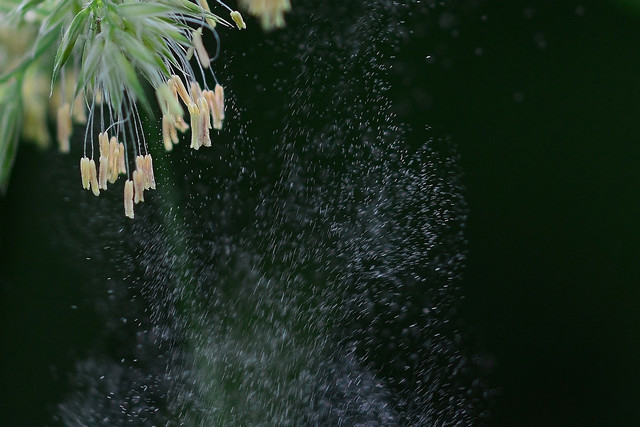
Ventilating when pollen counts can help keep the home pollen-free and reduce allergic reactions. In order for this to succeed, however, you should wait for the best time and use the right ventilation technology.
In spring and summer, the pollen load from grasses, shrubs and trees is particularly high. When the pollen count is high, proper ventilation can help to keep at least the apartment largely pollen-free and thus create a place of refuge. Especially for allergy sufferers, airing when pollen counts can make an effective difference in addition to allergy remedies and home remedies for hay fever.
When pollen is flying, open windows are the largest source of entry for the small particles in the air. It is therefore important to ensure fresh air in the home without letting in more pollen than necessary. It depends, among other things, on the time of day and the type of ventilation.
Country and city: This is how you ventilate when pollen counts
Researchers at the Technical University of Munich found that when there is a pollen count, airing is the best method. The pollen concentration in the home can be up to two-thirds lower when airing out vigorously than when the window is permanently open.
The right time to ventilate when there is pollen
It’s not just about the how of ventilation, but also the when. However, there is no general statement on this, since the pollen count depends on where you live. In general, pollen density in rural areas is highest in the morning, while in the city it peaks in the evening. Accordingly, the following recommendation results:
- Airing in the countryside between 7 p.m. and midnight.
- Airing in the city between 6am and 8am.
At this point, the window can be left open a little longer. Note that different pollen have different flight times. Grass pollen, for example, is usually more prevalent in the evening, while birch pollen floats in the air throughout the day.
Tip: Find out about the current situation using free pollen count apps or the 2023 pollen count calendar and adjust the ventilation times accordingly.
More tips for a pollen-free home

(Photo: CC0 / Pixabay / jggrz)
In addition to airing when pollen counts, you can also follow other tips to keep your home as pollen-free as possible:
-
Ventilate after rain: When it rains, the pollen concentration is higher in the first half hour because pollen is washed down from the upper layers of the air. Then keep the window closed. However, after the rain is a good time to air out, as the pollen will be washed to the ground and not so much floating in the air.
-
Pay attention to the wind: Weak wind causes a particularly high pollen load, as it is blown up. On the other hand, when there is no wind, the pollen rests and even very strong winds distribute the pollen so much that the concentration in the air drops. Then it’s a good time to ventilate.
-
Keep your home clean: Follow cleaning tips for allergy sufferers to reduce pollen levels in your home. To do this, you should vacuum and dust every day. Also, get rid of dust collectors like tapestries and get furniture that you can damp wipe.
-
Put pollen screens on doors and windows. This prevents pollen from entering the home and reduces the burden enormously.
Read more on Techzle.com:
- Mugwort Allergy: Symptoms and Home Remedies
- Hay fever in children: symptoms and what helps
- Ventilate rooms without windows: you can do that